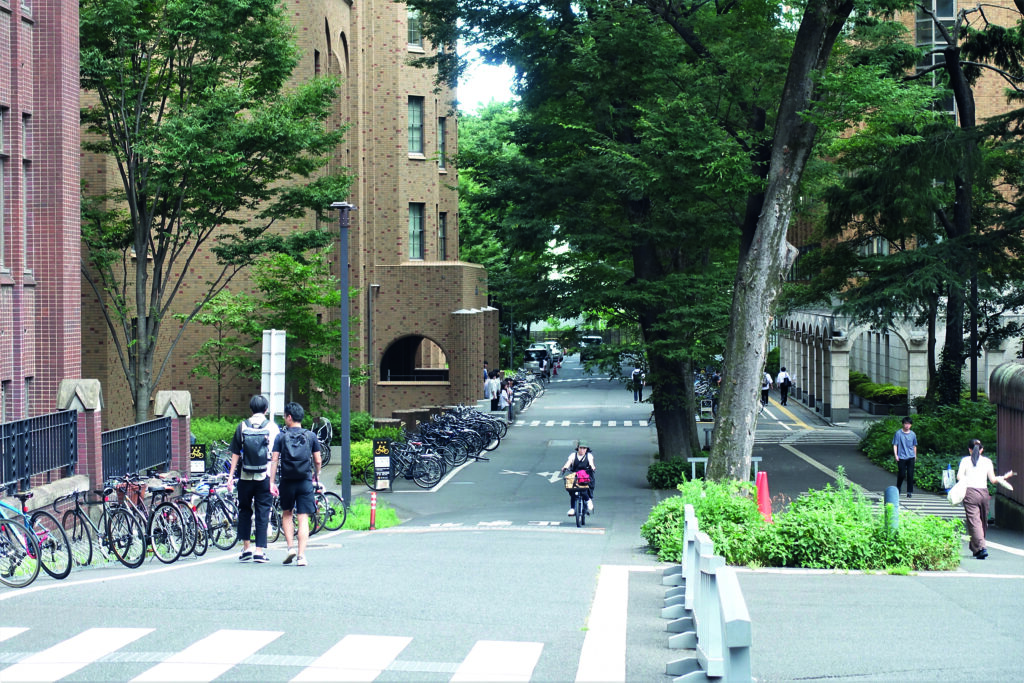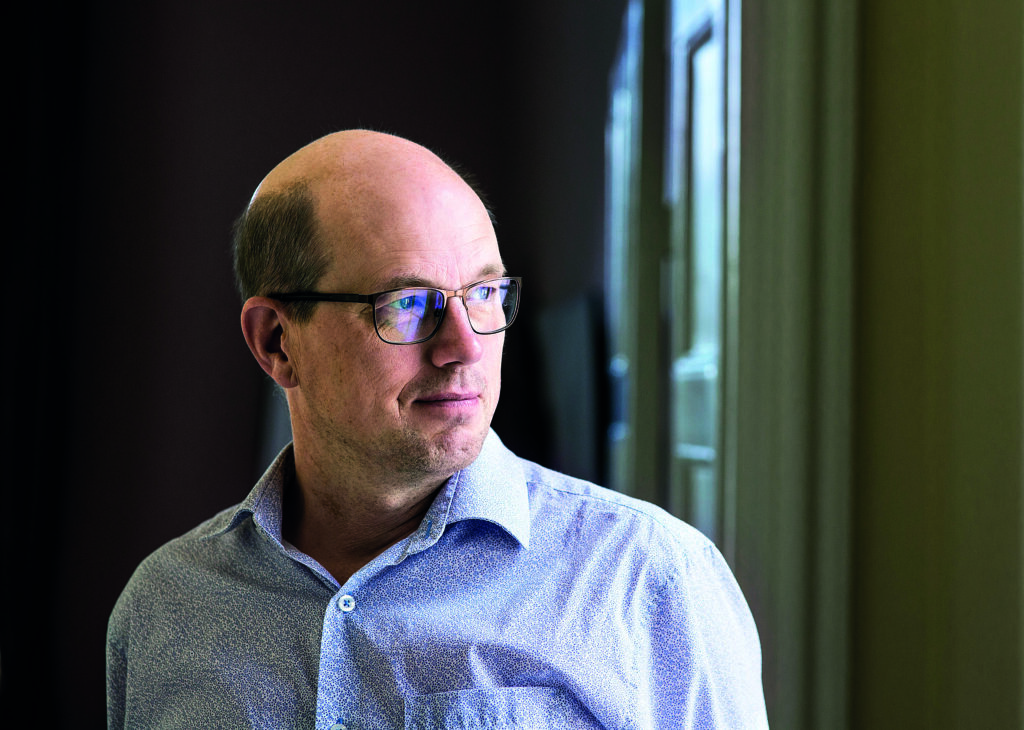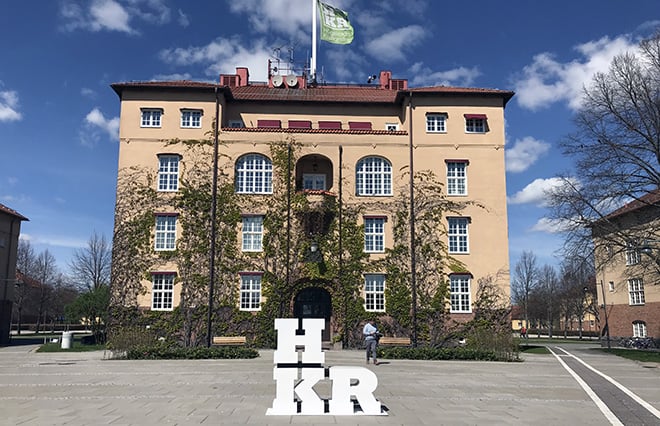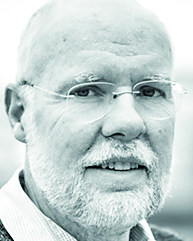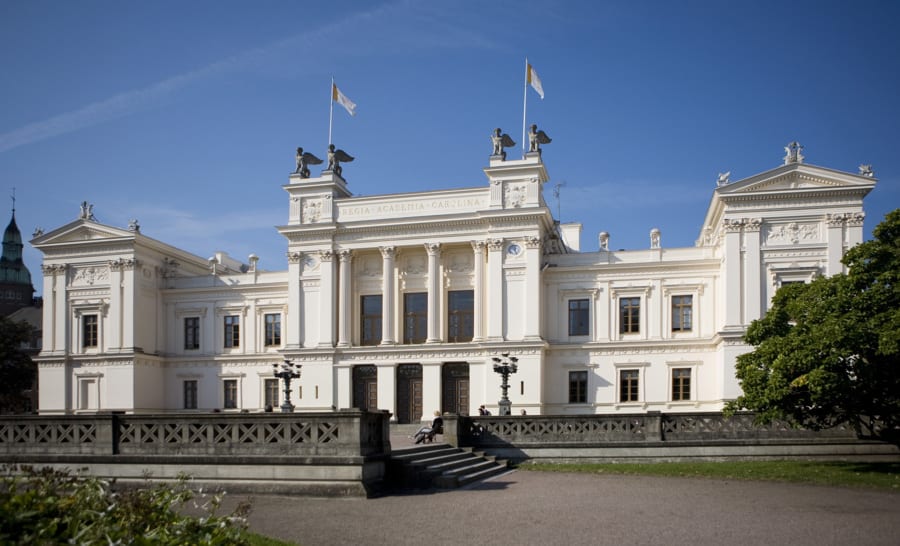The level of establishment in the labour market gradually increases in the years following a doctoral qualification. One year after qualification it is 71 per cent, while after three years it is 81 per cent and after five years 85 per cent. This according to a new report from the Swedish Higher Education Authority, UKÄ, which is a follow-up to a similar study conducted in 2018. The new report covers those who qualified with doctorates during the period 1998–2017, which is a total of 52,037 people.
In order to be classified as established in the labour market, you must have been employed in November, not been unemployed during the year and have an annual income of at least SEK 241,900.
Harder for PhDs to gain a foothold
UKÄ has no data on the situation for PhDs who have an uncertain or weak position in the labour market or who have no income at all.
“Some of the people in this survey who are registered as having a low level of establishment in the labour market may be postdocs who have scholarships,” says the author of the report, Rasmus Sundin. “They have no formal income. It may also be that combining a number of periods of short fixed-term employment gives a similar result in the survey, or that people are doing something completely different and do not have regular employment.”
PhD graduates take longer to gain a foothold in the labour market than people with first-cycle or second-cycle degrees. The report compares with previous UKÄ reports on the level of establishment for graduates at bachelor’s or master’s level, which show that 84 per cent of them had found work one and a half years after graduation.
“One might think that it is the higher degree of specialisation that means it take a little longer for PhDs to find the right position,” says Sundin.
Lower salary premium for PhDs
Previous studies by UKÄ have also shown that the salary premium for doctoral graduates is lower than for those with a first-cycle or second-cycle degree.
“All in all, this indicates that you do not get the result people would expect from doctoral studies, either with regard to salary or the ease of which you can find a job,” says Sundin.
The level of establishment in working life for PhDs differs greatly between different subjects. Three years after receiving their doctorate, graduates in technology have an establishment rate of 88 per cent, while that of graduates in the humanities and arts is 72 per cent. That means that higher education institutions that primarily have technical subjects have a high rate of establishment. Despite this, Linköping University has a rate of establishment than Chalmers and KTH for both women and men. Three years after receiving their doctorate, the proportion of established women is 86 per cent and the figure for men is 90 per cent.
“It surprises me a little that Linköping University has the highest degree of establishment,” says Rasmus Sundin. “We will take a closer look at the reasons for that in our next report.”
Per-Olof Brehmer, deputy vice chancellor with responsibility for research at Linköping University, sees two reasons for the result.
“We work purposefully during the doctoral programme to show that there are other careers than staying in higher education. We think that is fairly important when doctoral candidates start thinking about what choices they can make after the doctoral programme.”
Many find work outside higher education
The UKÄ report shows that the majority of PhD graduates find employment outside higher education, he says.
“The second reason is that we have worked quite a lot with collaboration and applicability aspects in our doctoral programmes. We believe that it is an eye opener for many people in disciplines where people perhaps don’t work together with external parties and that it creates an understanding of what you can actually use your doctoral studies for after graduation,” says Brehmer.
The majority of all PhD graduates, 56 per cent, work outside higher education. At the same time, 29 per cent remain and work at the higher education institution where they obtained their doctorate, while 15 per cent work at another higher education institution.
Mobility varies among the higher education institutions surveyed. For example, 41 per cent from SLU and 40 per cent from Umeå University remain at the same university, while at Chalmers and KTH, 20 per cent remain. But Chalmers and KTH are also the higher education institutions where the highest proportion of doctoral graduates, 70 per cent, leave the world of higher education completely.
The report shows that in research subject areas with a strong connection to vocational degrees, such as medicine and technology, it is more common for doctoral graduates to work outside the higher education.
“The fact that KTH and Chalmers have the highest proportion who leave the world of higher education may be because they are technology-focused,” says Rasmus Sundin.
Women find it harder to become established
As shown in previous studies, women have a slightly lower rate of establishment in working life. At total level, the difference is two percentage points. One year after graduation, 70 per cent of women and 72 per cent of men are established in the labour market. Five years after graduation, 84 per cent of women and 86 per cent of men are established. The difference exists in all subject areas except social sciences, where women have a higher establishment rate.
In this survey, UKÄ distinguishes between people with Swedish backgrounds, those with foreign backgrounds and foreign doctoral candidates, i.e. those who have come to Sweden to do their doctorates. People with a Swedish background have an establishment rate of 75 per cent one year after receiving their doctoral degree, while the corresponding proportion for those with a foreign background is 68 per cent.
“But the rate of establishment increases over time even for those with a foreign background. As early as in year five, the rate is 82 per cent, which is a fairly large increase,” says Sundin.
The majority of foreign doctoral students do not stay in Sweden. Three years after graduation, 43 per cent remain and five years after graduation, this proportion has decreased to 39 per cent. Women remain in Sweden to a somewhat greater extent.
“We knew that the majority of the foreign doctoral students leave Sweden,” says Sundin. “But I thought there would be a slightly higher proportion who stay.”



